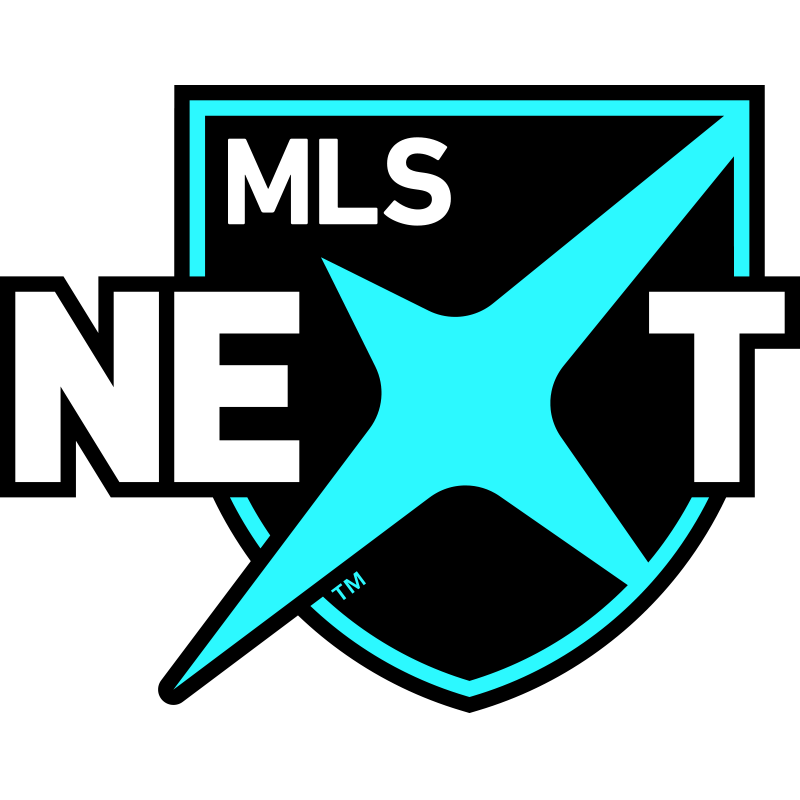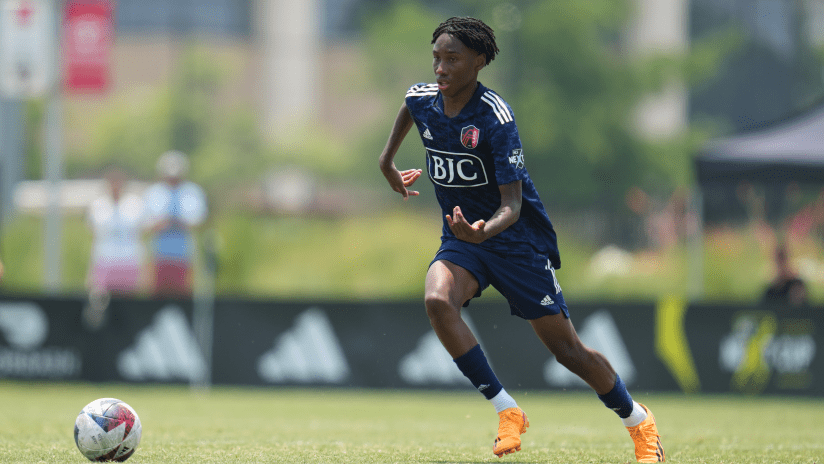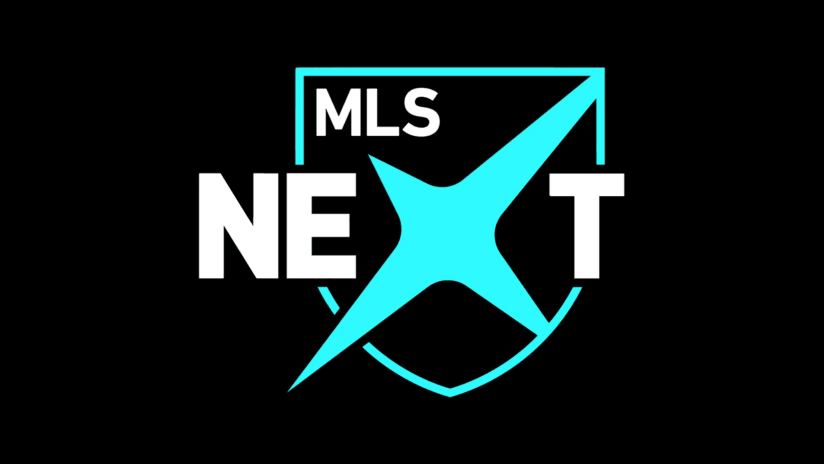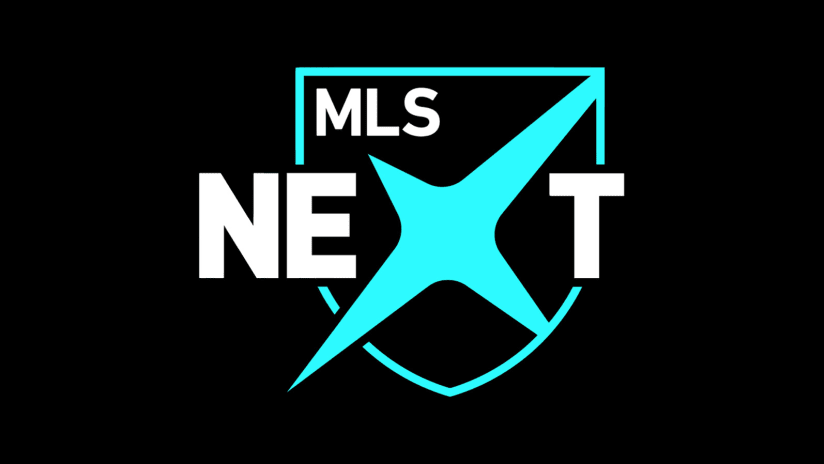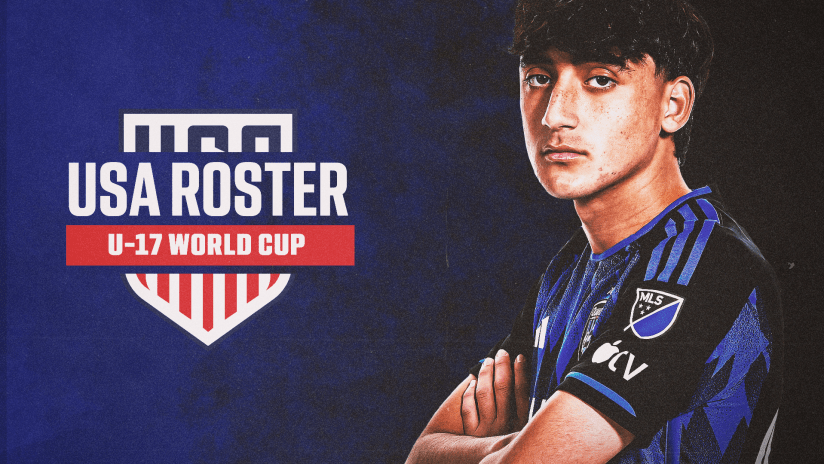When the U.S. Soccer Federation elected to shutter the Development Academy at the start of the COVID-19 pandemic, it left a void in the youth soccer landscape.
But the day after that league ended operations in April 2020, MLS announced the creation of MLS NEXT. This past July, the MLS NEXT All-Star Game presented by Allstate marked the unofficial end of the league's third year.
Plenty has happened during that three-year stretch, including foundation building for a competitive platform that could develop players, putting together an event schedule that could be scouted by colleges, pro scouts or national teams, implementing league-wide standards, and adding quality teams around North America across several different age groups.
Perhaps the most important item on that to-do list, though, has been winning over a very established youth soccer landscape.
“I would say people could have been skeptical about us taking over our competition,” MLS Vice President, Player & Youth Development Fred Lipka said. “I would say we needed to reassure we were delivering what the [Development Academy] was delivering, which was delivering competition, a pathway. But we also wanted to do it in our way. I think we managed to convince everyone that we were able to deliver what the DA was delivering.”
Building up
Heading into the 2023-24 club season, MLS NEXT is set to feature 143 clubs, 677 teams and over 15,000 players across the U.S. and Canada. Teams compete in age groups ranging from U-13 to U-19, and countless players from MLS NEXT clubs will head off to college programs to make an impact in the NCAA this fall. Outside of regular league play, there are also three tentpole events that offer national exposure to non-MLS and MLS teams: Fest, Flex and MLS NEXT Cup.
Now, as the league heads into the future with that foundation in place, making continual tweaks and improvements wherever possible remains key.
“The first era of NEXT I would say is a success,” Lipka said. “The second one can be more holistic in our approach to teams, coaches and families and finding out how to finetune what they want to achieve in terms of development, style of play. Focus on how to support our players and our coaches to add another layer of value.”
“We've got the chance to evolve MLS NEXT, from when it was started, to now what it can be,” MLS NEXT General Manager Justin Bokmeyer said. “So it's really developing a unified vision and objectives and then allowing the clubs to figure out how they're going to accomplish that. And that's some of the competitive aspects and the development that's required of the clubs that we can't do as a league, but we can help set up that structure.”
Key to that structure will be the introduction of new technology in the upcoming season. The league partnered with Kitman Labs, which will provide new software that offers a variety of off-field perks, including player registration, schedule management, performance analysis and much more. Another partnership, with ai.io, will introduce artificial intelligence into the scouting process.
Lipka said there is no plan to implement a certain style of play or tactics. While he does agree with the principle of developing players in a possession-oriented style, there will be no formation mandate. (In the days of the Development Academy, a lot of clubs had to play in a 4-3-3.)
During his time in the U.S., he’s also learned how much emphasis has been placed on the result. And while there are benefits to that approach in terms of building a sporting culture, it can also inhibit player development, particularly when winning is prioritized over improving the individual.
“I think there are a lot of coaches who do a good job and don't win [MLS] NEXT Cup,” Lipka said. “And they are not recognized enough. I think the message for parents is the good coaches, good developers are not only the ones who win the game, NEXT Cup or whatever.
“It's sometimes a guy who does a good job to create a culture to develop the player individually, to have a good feedback loop with all the players in their teams, for everyone to get something out of it, is very important… The culture in the U.S. is too much oriented around the result, and we don’t talk enough about soccer.”
Pro pathways
If player development is the focus, as opposed to just the on-field result, then an apt measuring stick for a league is the success of the pros produced.
While MLS NEXT remains in its infancy, the prior existence of its teams in DA allows for early significant benchmarks. Of the 44 players that competed in the MLS NEXT All-Star Game earlier this summer, 16 have signed either a homegrown contract or with an MLS NEXT Pro side. Ten of the players from that game are heading to play college soccer at high-quality Division I programs, either in 2023 or 2024.
MLS NEXT players have also played significant roles in youth national teams. At the 2023 Under-17 Concacaf Championship, 16 of the 20 US players came from NEXT squads. For Canada, it was 17. Players from MLS NEXT club teams were also called up to play for Mexico, Guatemala, Trinidad & Tobago, Jamaica, Honduras, Haiti, El Salvador, Puerto Rico and Bermuda, to name a few.
Alyssa Thompson, who was part of the US women’s national team World Cup squad, played in the league for Total Futbol Academy in Southern California.
Benjamin Cremaschi is a recent example of the pathway in action within MLS. Back in 2021, the midfielder was named Under-16 MLS NEXT MVP while playing at Weston FC in South Florida. He joined Inter Miami’s Academy later that fall, eventually signed a pro contract, and is now getting regular starts alongside Lionel Messi and Miami’s other stars with the first team.
And Cremaschi is only one example of the blossoming trend of Homegrowns carving out professional careers via the academy pathway. Many others are coming through youth setups and making an impact with first teams across MLS.
“Seven years ago, we were questioning can a young player of 18, 19-year-old, can he be impactful, can he be a starter in MLS?” Lipka said. “We have in five, six years, changed completely the narrative and said you can have a star, [and] the impact of investing in young players is going to get better and better. And now, Jesús Ferreira is one of the top scorers in the league. We sell players, we have [young] players who are here impacting the game.”
Ensuring top players find a way to the league is an important charge of NEXT – but it’s far from the only one.
Continued challenges
Given such a small percentage of players in any development system make it to the highest level, another goal on Bokmeyer’s radar is ensuring player care beyond just the top talent seeking to turn pro.
“A big thing for me from my military career, is what can we do to make sure that we're holistically developing these players? So working with college coaches, finding ways for off-field programming, to give them the best chance of success on and off the field,” he said.
Bokmeyer said he and his staff will be hitting the road to connect with clubs to make sure some of these goals are achieved.
Balancing collaboration and individual club empowerment in overseeing respective development environments is critically important to the league’s success. After all, players on pro tracks need high-level games to aid their progress and prepare them for the next level.
It all requires careful consideration of various pathways for each player, plus taking into account the country’s size and the distance between teams.
“I think the challenging part is making sure we all stay aligned towards an ultimate objective,” Bokmeyer said. “And that's giving these athletes the best opportunity to achieve their potential and what's best for them.”
